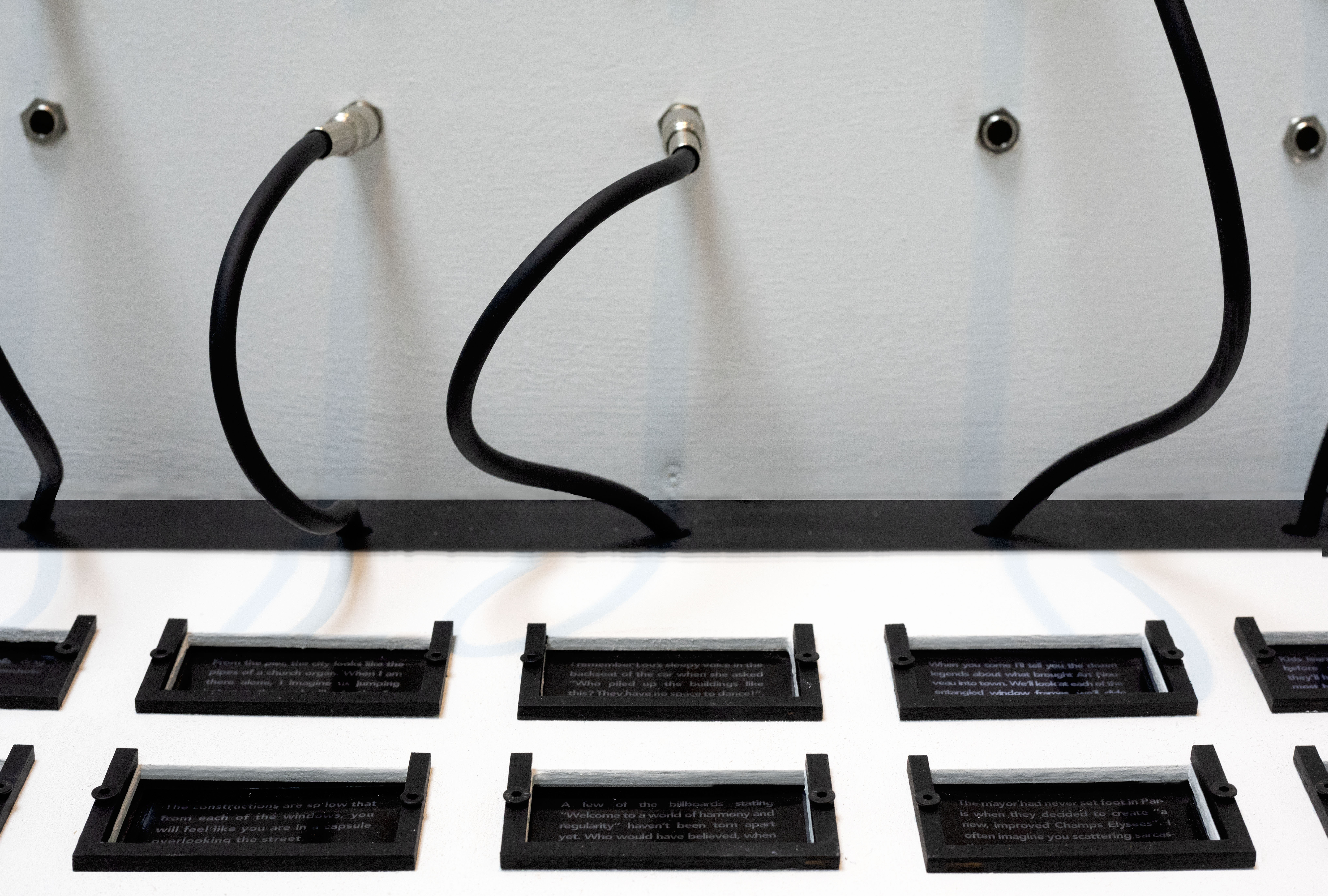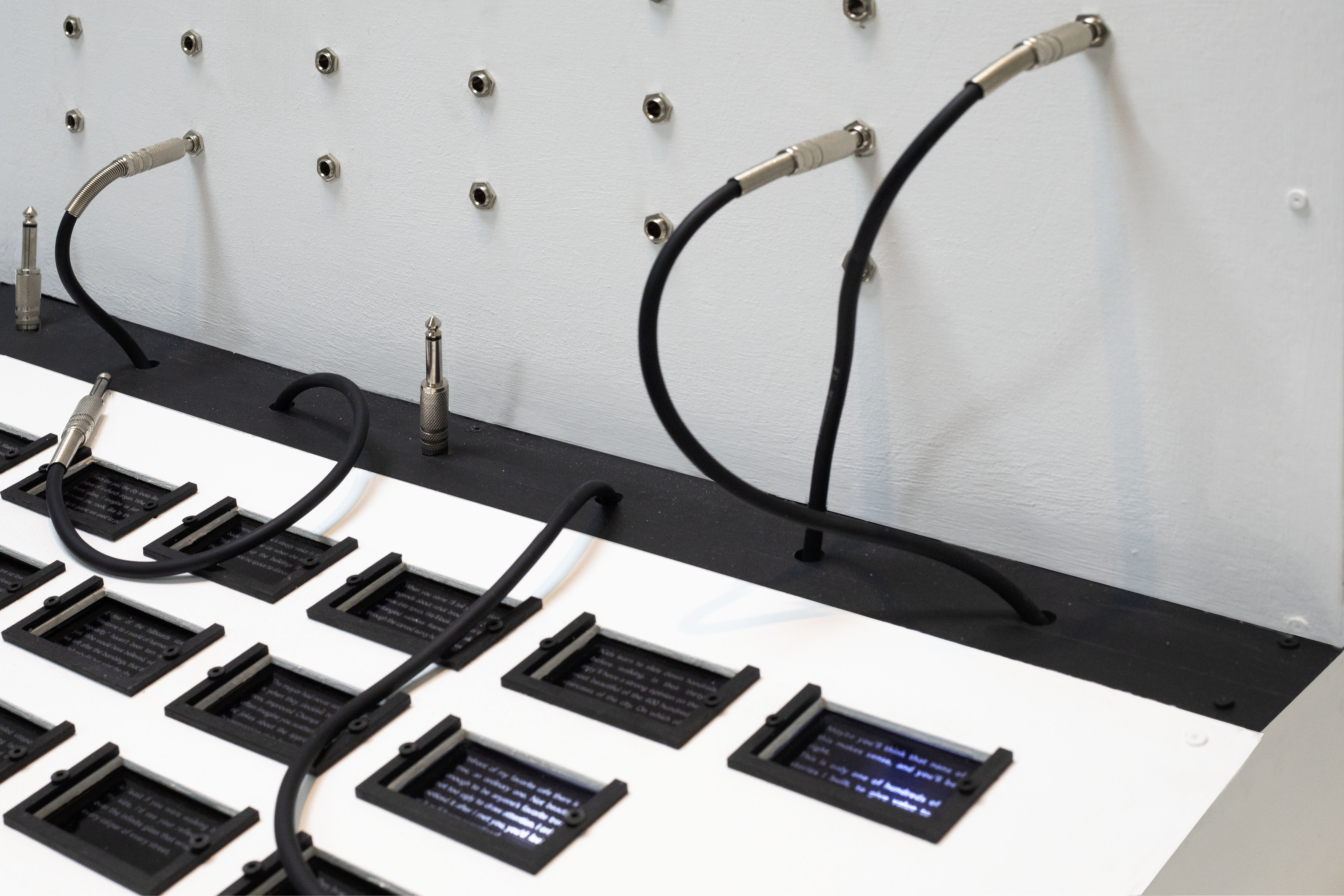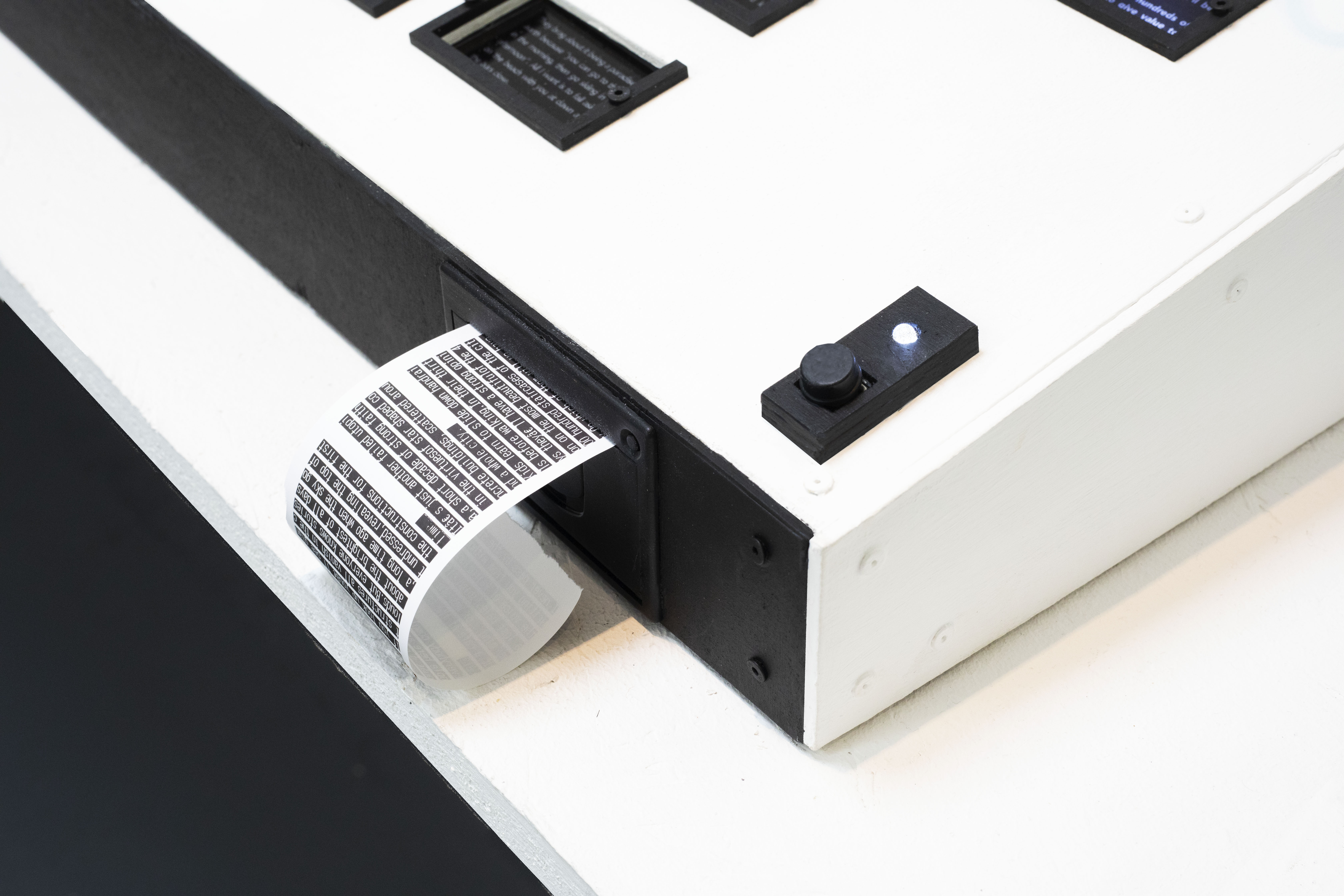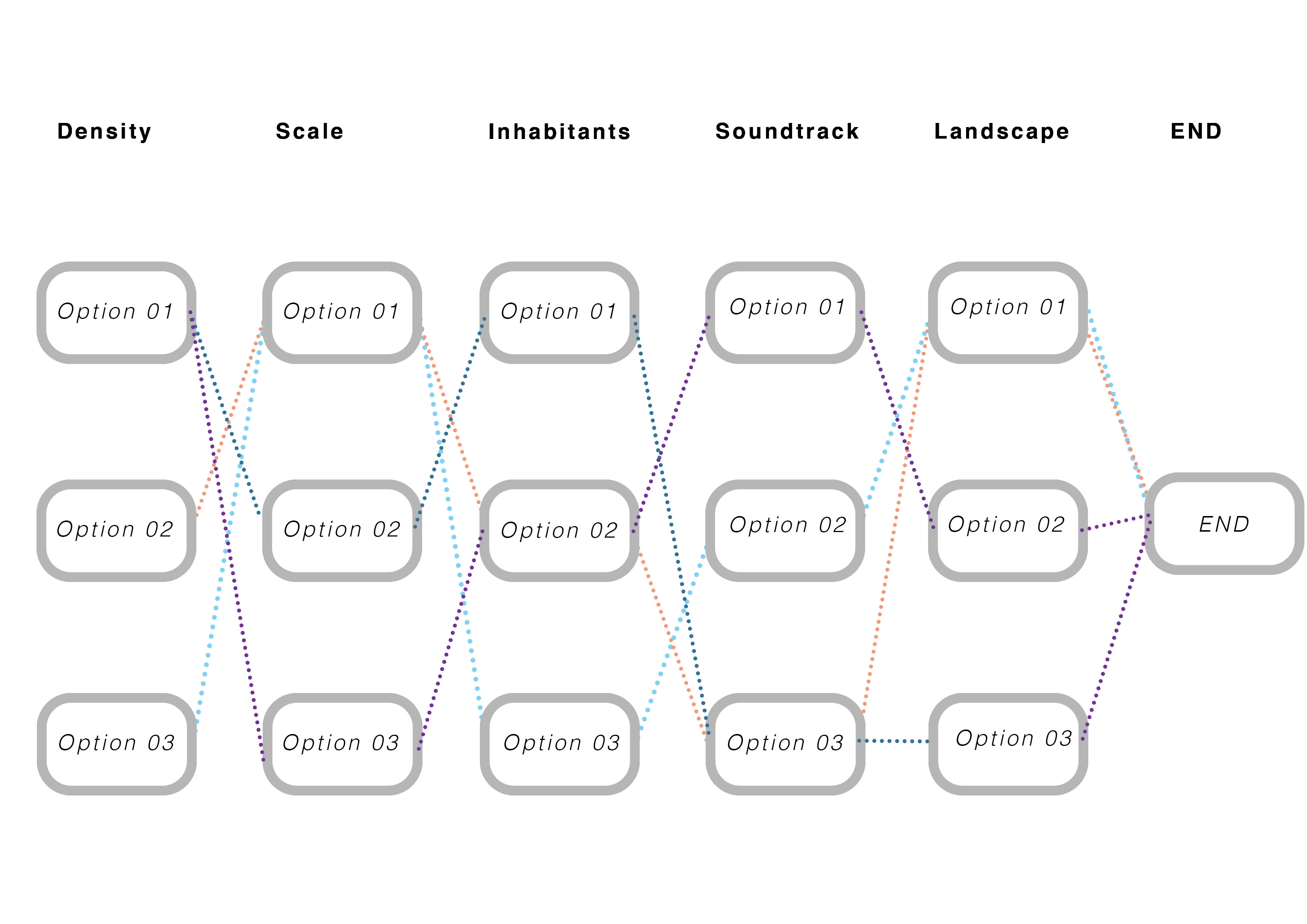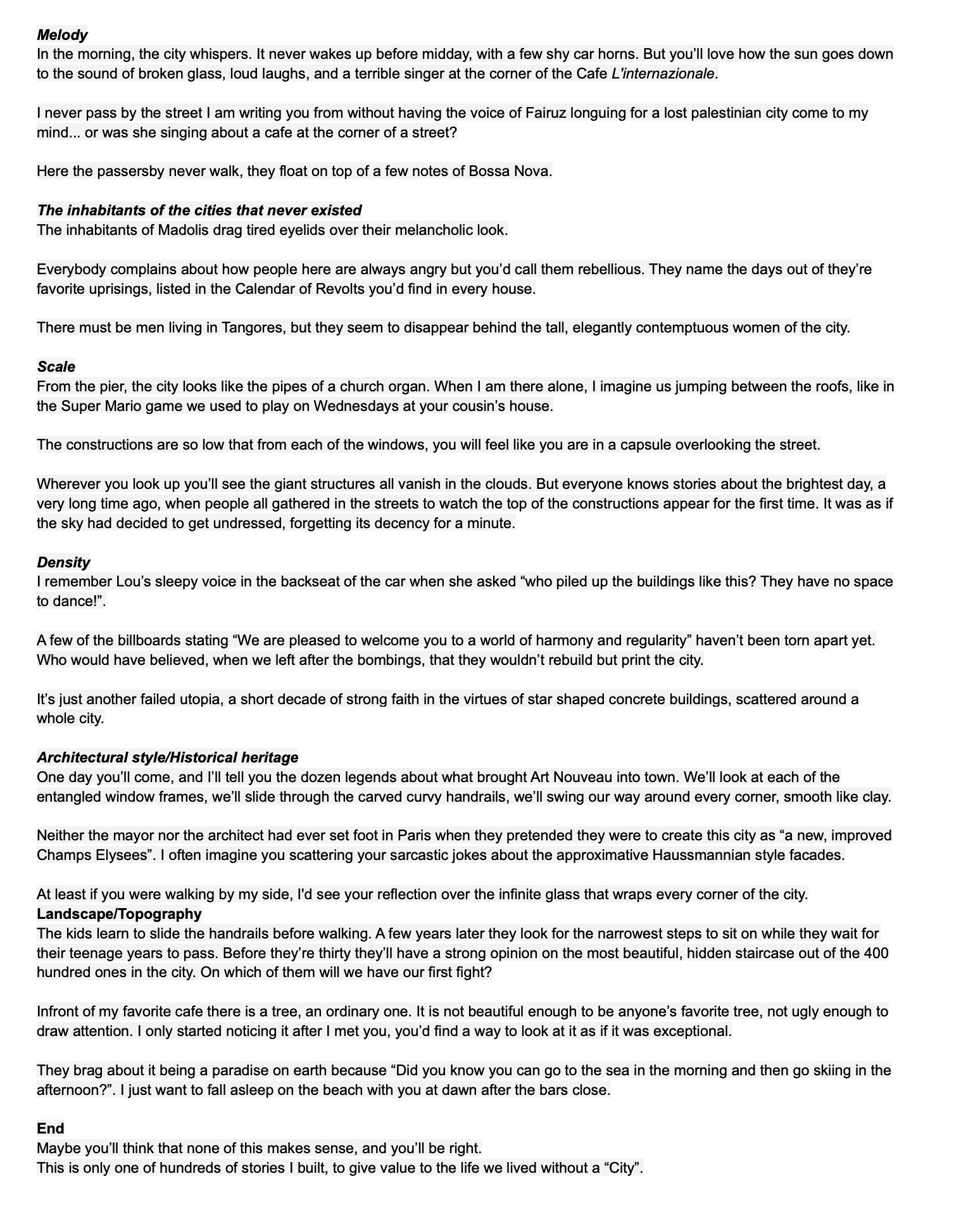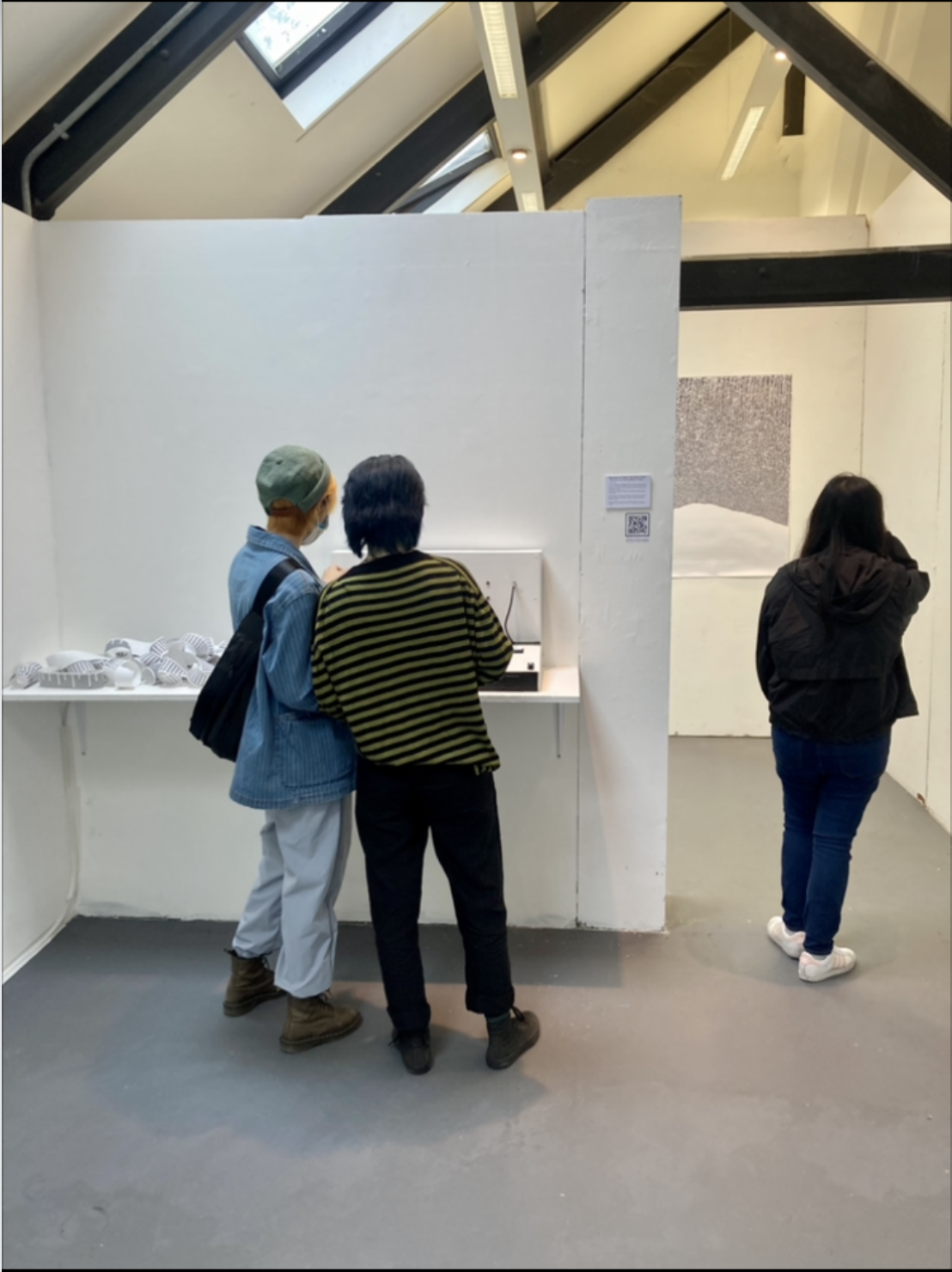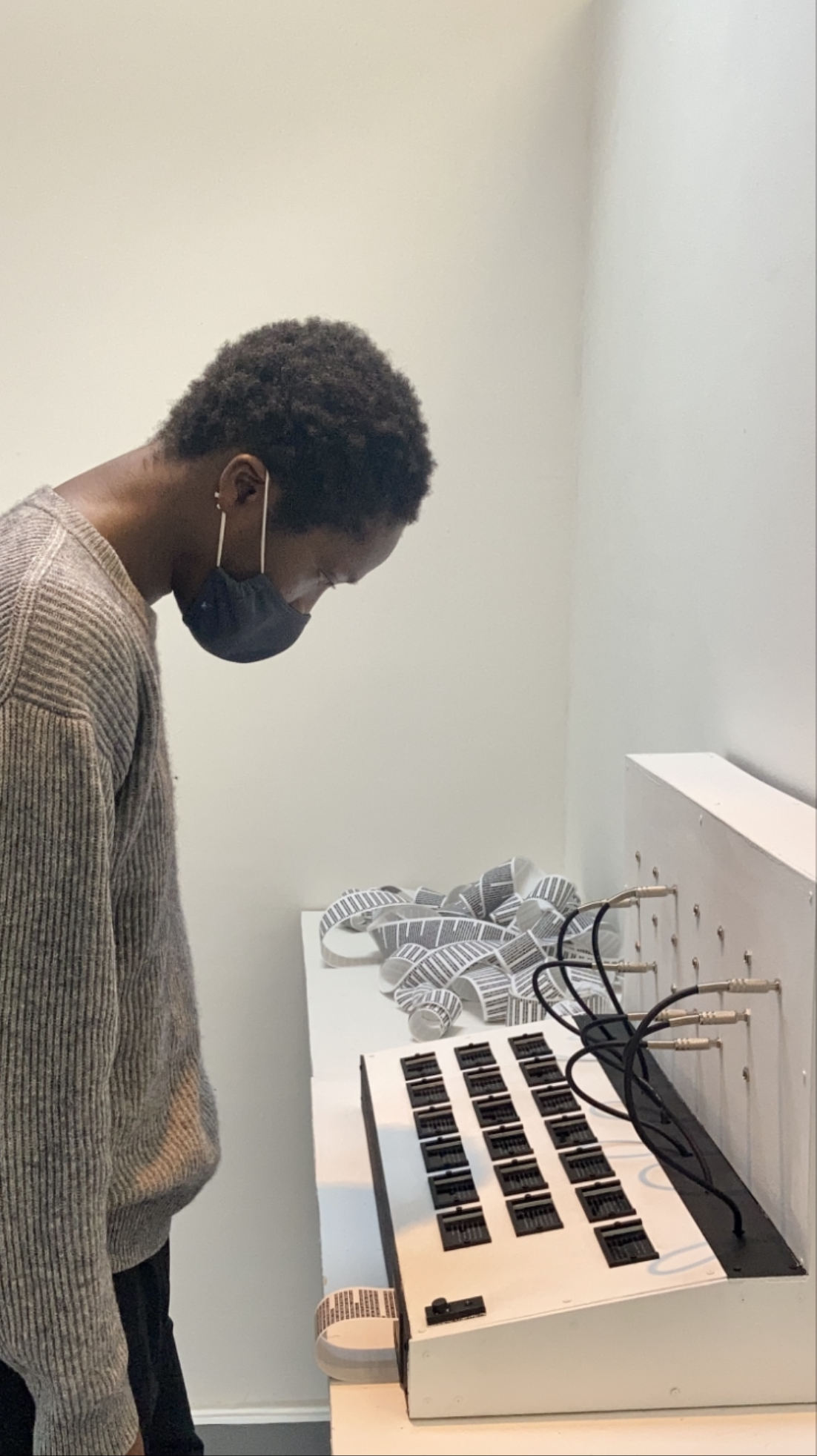Memories Of Cities That Don't Exist
"the life we lived without a City"
A child falling asleep to buildings flying by the window, in the backseat of a car; a melody that relentlessly brings us back to a night walk along the river; the melancholic eyes of passersby; that lady in pink having breakfast on her balcony; the Weeping Willow tree at the corner of your grandmother's house…
This piece is not about construction, it is not about a city. It is about our perception of spaces, the way we inhabit them physically and build them mentally.
By establishing a dialogue with technology, it explores ways of building texts and images, and absorbing it, outside of its traditional formats, where tools are not only means to convey a message but central actors of the project.
Memories of Cities that Don’t Exist is about the places we have lived, the ones we lost, and those we learnt to love through the imaginaries of others.
produced by: Eden Chahal
Concept
Every creation was once fiction, the way we build those imaginaries, the tools we use to do so, have an impact on what will end up surrounding our ecosystem of objects and architectures.
The object is a machine that generates fiction through texts written in the form of letters in which the narrator describes his city to a person they wished could visit it. The structure allows multiple entries, each of the first 6th paragraphs has 3 possible inputs, but one ending.
The last sentence gives its title to this version of the machine, "the life we lived without a "City".". By combining the different options, the users, or composers could build over 700 different letters, but will all have the same last sentence on the paper to be printed and carried. This last paragraph reveals that those stories are all based on the narrator's imagination, they never existed elsewhere. It is through details, narrated experiences, ordinary events that human attachment occurs, this project intends to dissect and reveal these layers.
It aims at exploring how we build representations of our cities, through a combination of soft elements, that respond to the built environment but primarily involves human sense and perception.
It is based on a subjective, personal interpretation, but stories read and absorbed by a group of people, could build common imaginaries.
In reaction to the way fiction always shaped our relation to cities through movies, books, music, photography, this work questions the possibility of building those representations as a foundation to the making of cities.
Memories of Cities That Don't Exist doesn't aim at applying computational tools in order to achieve performance, to tend towards a supposed efficient city. It uses computation to build a new methodology, using fiction to place the projection of our physical environment at a human level.
In the same way, computation is not used in the object to achieve technological performance but to affect how we build, use and absorb another tool, the one of writing and producing texts.
Technical
Composing the text
Computation doesn’t only happen through code, it also lays in the way the text is built.
Structured upon 6 paragraphs, and 1 unique ending, each paragraph has 3 possible inputs for the reader to compose with resulting in hundreds of combinations of text.
By introducing an interaction that has more than 700 possible outputs we gain levels of freedom, but we also create new limitations, that are embedded in the decisions made when designing the machine.
Code and interaction
The code is built in Arduino, it organizes the interaction, stores and delivers the letters. The text is implemented through Arrays of Char Strings. This method was privileged to using arrays of Strings for memory use efficiency.
A visual representation of the text is displayed on the horizontal part of the machine, this position puts the user in a position close to the one of writing.
Each column corresponds to a paragraph, with its 3 possible options. Jack cables are disposed on top of each of the texts inputs. When plugged into a socket in the vertical part of the machine, an LED lights up, highlighting the associated text.
When all 7 paragraphs have an input, the user has composed a letter, that they can read on the light path they drew.
The text is ready to be printed, an LED will light up to invite the user to press a button. When pressed, it will send a request to an enclosed Adafruit Tiny Thermal Printer, and print the strings linked to the plug sockets that are detecting a signal.
To bypass the possibility of printing more than once, and the sensitivity of the button that records several changes of states when pushed, a timer is limiting the printing to once every 30seconds (the time it needs to print one full text).
Fabrication
Components:
-Arduino Mega
-Ada-fruit Tiny Thermal Printer
-40 LEDs
-Push Button
-19 socket plug
-7 3.5 mm jack cables (cut in half and rewired, to become a closed circuit)
-Wooden boards
-Acetate film with the text imprinting
The machine is inspired by telephone boards. It was prototyped in 3D, before cutting its parts with the laser printer. The biggest challenge was to incorporate the electronics, ensuring that each cable was associated with its counterpart on the Arduino mega and in the code.
It is not about a complex code but about using it within a process, to achieve complexity through a dialogue between formats.
Self-evaluation
Having an idea come into shape is fascinating. The design is close to what I had pictured and wanted to deliver, apart from details that had to be adjusted in the process of fabrication.
It’s the first time that I feel rather confident including electronics, interaction, and code since the early stages of the conceptual process. Even though the technicality is simple, I am now convinced that this is the path I want to take, this machine being my first step into it.
Seeing people approach and interact with the machine informs a lot and makes me rethink elements that didn’t cross my mind. The lights with the texts were mistaken with buttons, leading them to bend and come close to breaking over the 5 days of the exhibition.
If I had to redo it I would incorporate instructions, and make the link between the text and the corresponding columns of cables more obvious in the design. Due to a large number of wires, and despite my efforts to assemble them in the neatest possible way, I still experienced occasional shorts. With more time for testing, I would have tried to find a way to make this circuit more robust.
I had planned for a more complex project, that appeared to be too ambitious for the timeframe and my current skill set, but I hope to develop it further.
The next step would be to use the texts as a basis for a visual representation. Instead of outputting text, the printer would print an image of the corresponding city.
That would imply a high level of real-time interaction, as the user would be building images instantly, composing them through the cables.
Another feature that I didn’t get to implement was to generate sound, for one of the entries that are related to music, aiming to add complexity to the text in a way that other traditional formats aren’t able to offer.
References
Calvino Italo. Invisible cities, 1972. Rome
Cortazar Julio. Hopscotch, 1963. Paris
Merlini Luca. Le Xiq: Dits et Dessins d'Architecture, Metispress, 2017. Paris
Queneau Raymond, Cent Mille Milliard de Poemes, Gallimard, 1961. Paris
Patricio Gonzalez Vivo, Skylines, http://patriciogonzalezvivo.com/2014/skylines/
Arduino Adafruit Tutorials: Thermal Printer
































































